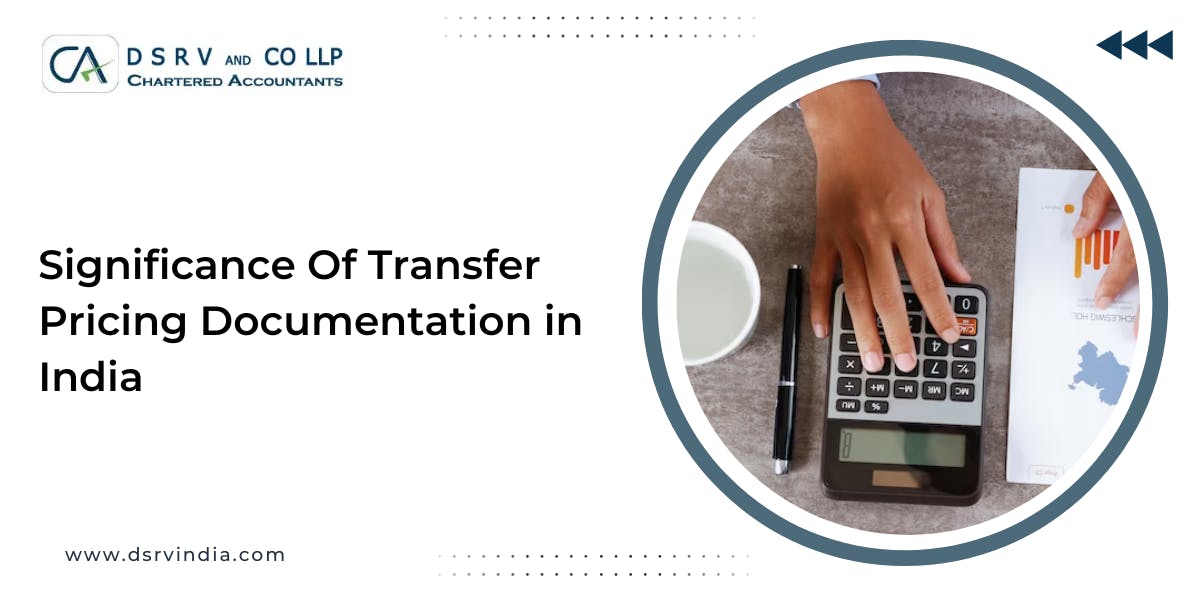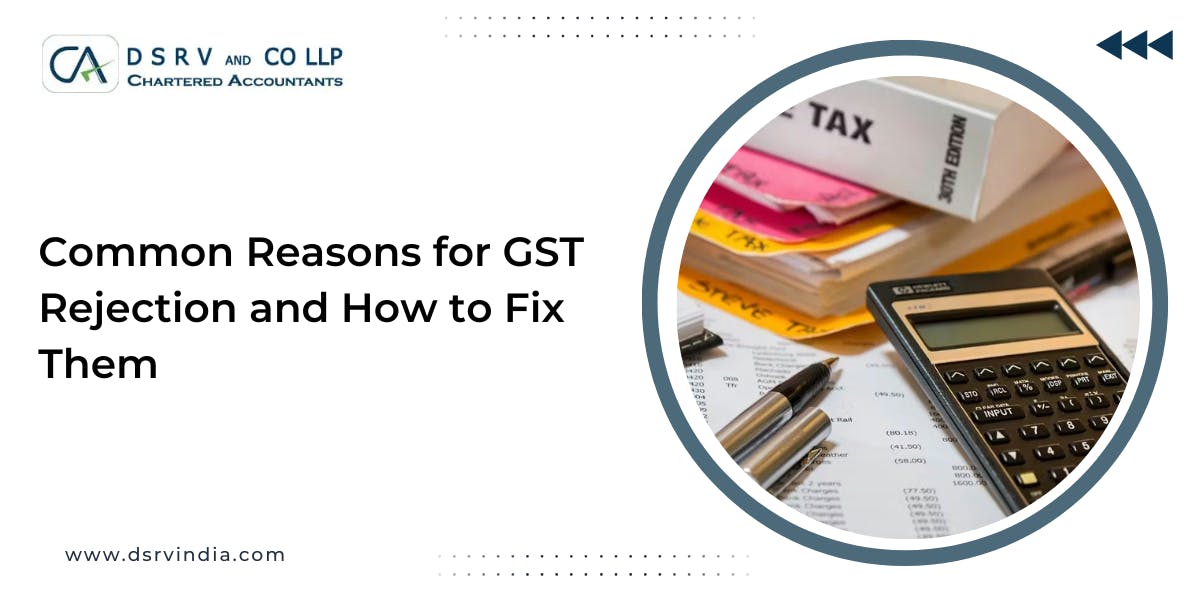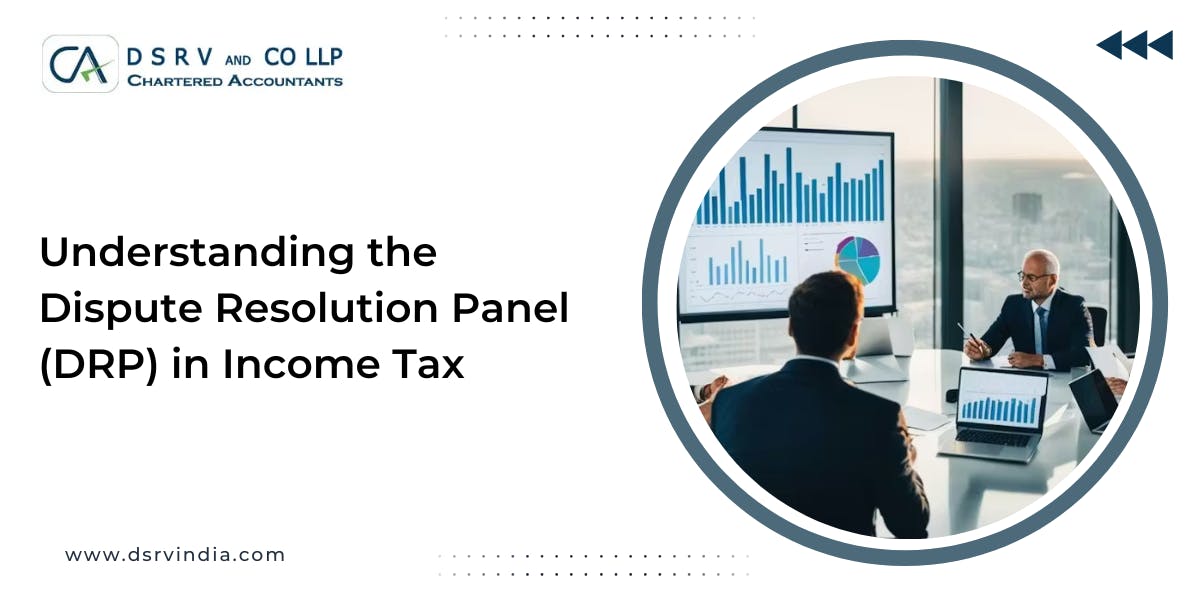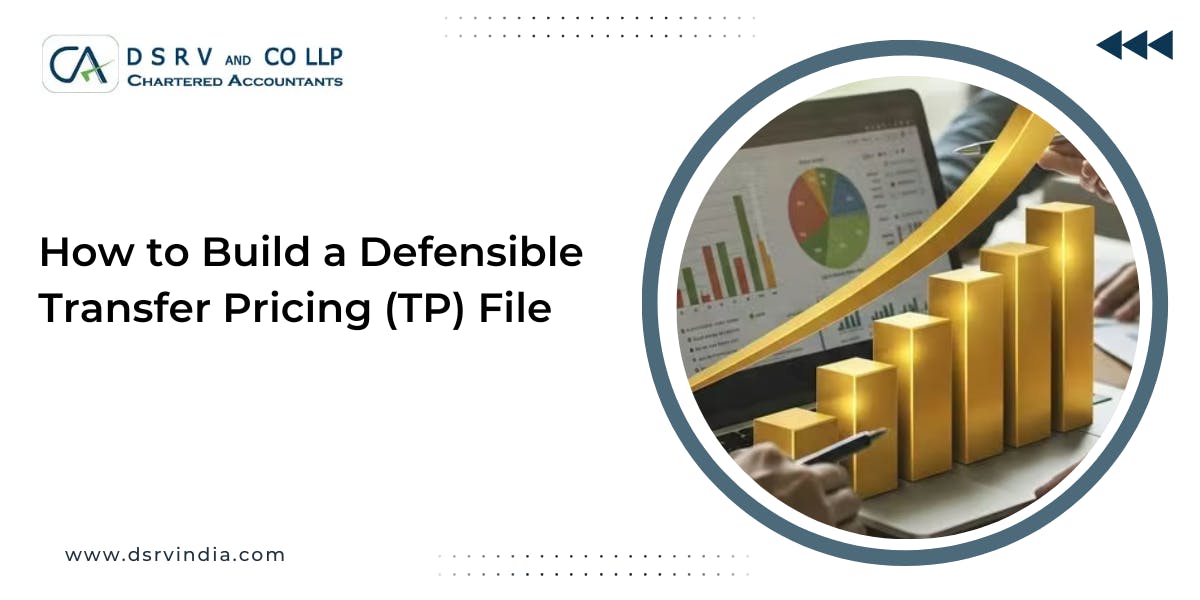An Overview Of Transfer Price In India
Welcome to this comprehensive guide on Transfer Pricing Documentation Requirements in India! According to DSRV India, the top tax consultant in Gurgaon, if you're a business operating across borders, it's important to understand the rules that govern how you price transactions within your company. Transfer pricing is a crucial component of all financial transactions in India, regardless of whether they take place domestically or involve foreign partners. It functions as a kind of equity check for companies that are connected. This rule applies when the value of these transactions crosses a certain threshold.
It makes sure that associated companies trade at a price that is comparable to what they would pay for transactions involving unrelated, and different companies. These regulations were introduced through Sections 92A-F and specific Rules 10A-E of the Income Tax Rules 1962.
So, continue reading this guide which will share the details of all the transfer pricing documentation requirements in India to make sure your company complies with Indian tax laws.
Must Read: Importance Of Transfer Pricing & TP Report Filing Due Date [2023]
Importance Of Transfer Pricing Regulations In India
As per the leading chartered accountant firm in India, Transfer Pricing rules are quite important in India, especially in terms of documentation. The records kept by taxpayers are crucial in determining whether both international transaction and domestic transaction are performed at arm's length. This was emphasized in a case held at Delhi High Court concerning Maruti Suzuki India Limited, in which it was determined that the revenue authority can only calculate the Arm's Length Price (ALP) if the taxpayer has not met the responsibility of computing it in accordance with the relevant Act. So, maintaining tp documentation is important for various reasons.
- Firstly, it helps in demonstrating that intercompany transactions comply with the arm's length principle, backed by a thorough analysis, assumptions, and methodical search process.
- Secondly, it serves as initial proof to tax authorities, guaranteeing that the taxpayer has fulfilled the documentation requirements and carried out the necessary analyses to prove arm's length nature.
- It also ensures that the information included in the documentation aligns with the master file, CbC report, and Form 3CEB.
- Last but not least, these rules are consistent with other existing laws governing inter-company transactions, emphasizing the necessity of well-prepared documentation in showing the arm's length nature of such transactions.
Don't Skip This If You Are An NRI : KEY FEMA RULES THAT EVERY NRI MUST UNDERSTAND
Who Needs To Comply With The TP Regulations?
As soon as India adopted the transfer pricing regime, the tp documentation has become more and more important to evaluate the nature of arm's length. Any Indian entity involved in international transactions with an associated enterprise is required to comply with transfer pricing documentation requirements. This covers not just international corporations, but also Indian company that conduct business with their overseas subsidiaries, affiliates, or parent companies.
Also Read : MUST HAVE DOCUMENTS WHILE FILLING FOR INCOME TAX RETURN
Types of Transactions Covered In Indian TP Regulations
The transfer pricing rules in India apply to a wide range of transactions, such as the sale or purchase of goods, the provision of services, and the transfer of intangible assets. It also includes financial transactions between related parties, such as loans.
What Are The Transfer Pricing Documentation Requirements in India?
As per Indian transfer pricing provisions, the documentation requirements include:
Documentation/Local File
According to Section 92D(1), anyone conducting international transaction or specified domestic transaction is required to keep the records and prescribed documentation. This aligns with the local file recommended by OECD BEPS Action 13.
Master File
Section 92D(2) requires every constituent entity of an International Group (IG) to maintain a Master File and file a Country by Country (CbC) report. This aligns with the OECD three-tiered documentation approach.
TP Study Report
After discussing the documentation requirements for the local file (TP Study Report), the chapter moves on to talk about the Master File and CbC documentation.
Mandatory Documentation Under Rule 10D
Rule 10D(1) lists the different records and data that the taxpayer must keep track of when conducting business internationally. Rule 10D(3) provides a list of supporting documentation for these exchanges. To summarise, Rule 10D mandates 13 items of essential documentation and 7 items of supporting documentation.
Diagrammatic Representation
The interdependency between the different components of the necessary documentation requirements is depicted in a visual chart.
Supporting Documentation
Rule 10D(3) requires supporting documentation, including official publications, reports, studies, and databases. This encompasses information from the Government of the associated enterprise's country of residence, market research studies, technical publications, financial statements, agreements, and communications.
Aggregate Value Limit
According to Rule 10D(2), international transactions exceeding '1 crore' require specific information and record maintenance. Transactions under this threshold do not require specified paperwork, but they must be proved in accordance with Section 92.
Time Limit for Maintenance
Section 139(1) requires that documentation be contemporaneous and in existence by a specific date, one month before the due date for submitting income tax returns. Documents shall also be kept for a period of eight years after the conclusion of the relevant evaluation year.
Accountant's Report Filing
Regulations mandate obtaining and filing an Accountant’s Report (Form 3CEB) to confirm proper maintenance and appropriateness of prescribed documentation.
Role of Accountant
The Accountant, as defined in Section 288, may issue the report under section 92E. It need not be the statutory auditor of the taxpayer.
Responsibility Of Taxpayer
The taxpayer is responsible for determining an arm's length price and supporting it with necessary paperwork. When done correctly, the TPO normally does not intervene.
TPO's Authority
Within thirty days, the TPO may request specific information and documentation from any person involved in an overseas transaction, which may be extended by another thirty days.
Extent of Documentation
The detailed documentation requirements help taxpayers prove that overseas transactions are conducted at arm's length. This protects them against penalties.
Justification of Arm’s Length Standard
In order to support the transfer price, detailed documentation is required, both for audit and justification purposes. This is a standard practice in international Transfer Pricing Regulations.
OECD Guidelines Emphasis
The OECD Guidelines emphasize the need to document foreign transactions to verify their arm's length nature. They advocate for rationale and reasonableness in documentation scope, alignment with corporate values, and the avoidance of unnecessary expenses and administrative difficulties.
Practical Significance of Documentation
The chapter addresses basic and intricate documentation requirements, emphasizing their practical importance. Sample documentation formats for various business models are provided for guidance.
Conclusion
The complex world of transfer pricing documentation in India necessitates close attention to detail and a comprehensive understanding of the regulatory framework. As a well-known tax advisor in India, we stress the importance of maintaining these requirements.
The documentation related to Transfer Pricing, which includes the Local File, Master File, and CbC Reporting, is essential in demonstrating the foreign transactions' arm's length nature. This adherence not only ensures compliance but also protects your company against any penalties. We think that an informed and proactive approach to documentation not only ensures compliance but also strengthens your firm’s reputation in today's dynamic global marketplace. Get in touch with us if you need any help regarding the TP documentation process.






